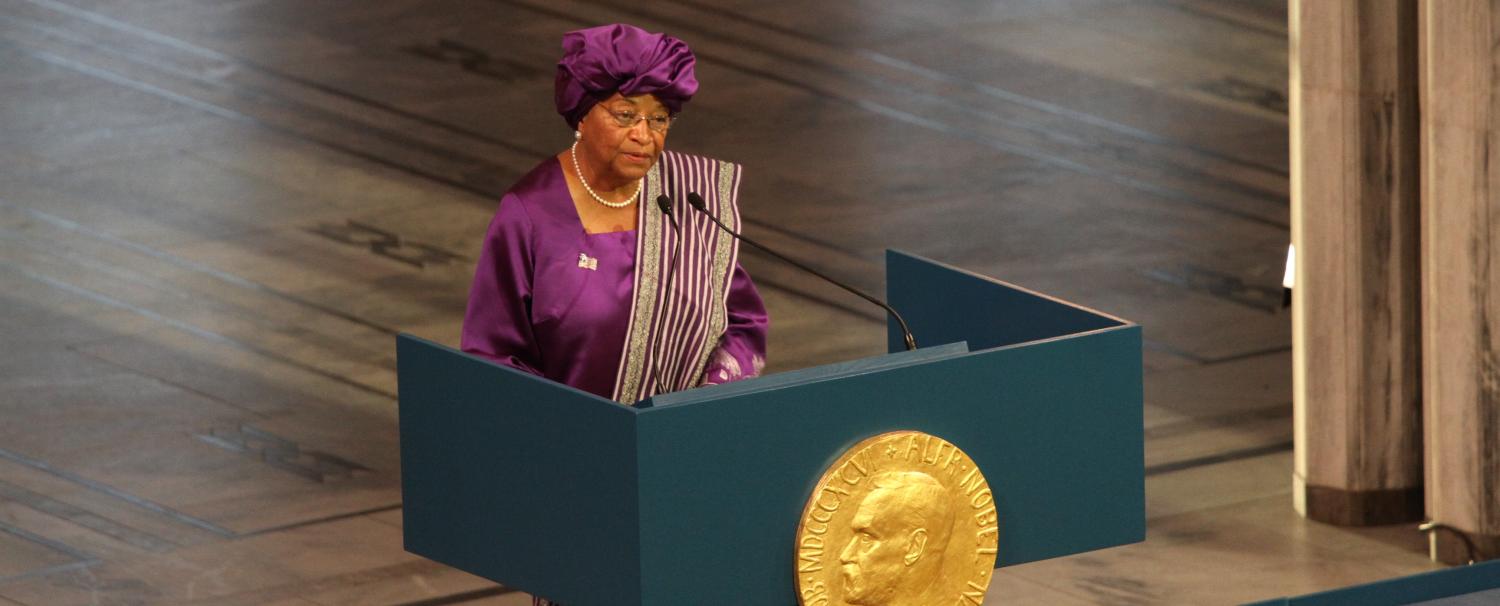- FT Data takes a look at how global income inequality has shifted since the Global Financial Crisis. The Washington Post discusses why it is so much worse in the US than other rich countries.
- CARE has a sobering and powerful advocacy tool showing how your income compares with the rest of the world. Most readers (in the developed world) will fit comfortably in the top end of the 1%.
- Brookings discusses what President Trump’s ‘America First’ budget means for the future of US foreign aid. Meanwhile, Publish What You Fund has complimented USAID on its improving aid transparency. Australia should take note.
- The Guardian provides a candid biography of Liberian President and trailblazer Ellen Johnson Sirleaf.
- Corrupt governments are seen as the single most important reason poor countries are poor. Charles Kenny debunks this assumption, arguing that luck and geography has a lot more to do with it.
- Despite many grim headlines, a growing number of influential thinkers are convinced the world has never had it so good. The Guardian dives into whether the optimists are justified.
- Speaking of optimism, our world in data has a cool graph showing population growth since 1961 at +137% but cereal production (in large part thanks to improved yields) growing by +280%.
- Finally, the ANU Australasian Aid Conference has announced the keynotes for next year’s February conference; Penny Wong and Nancy Birdsall. Early bird registration is now available.
